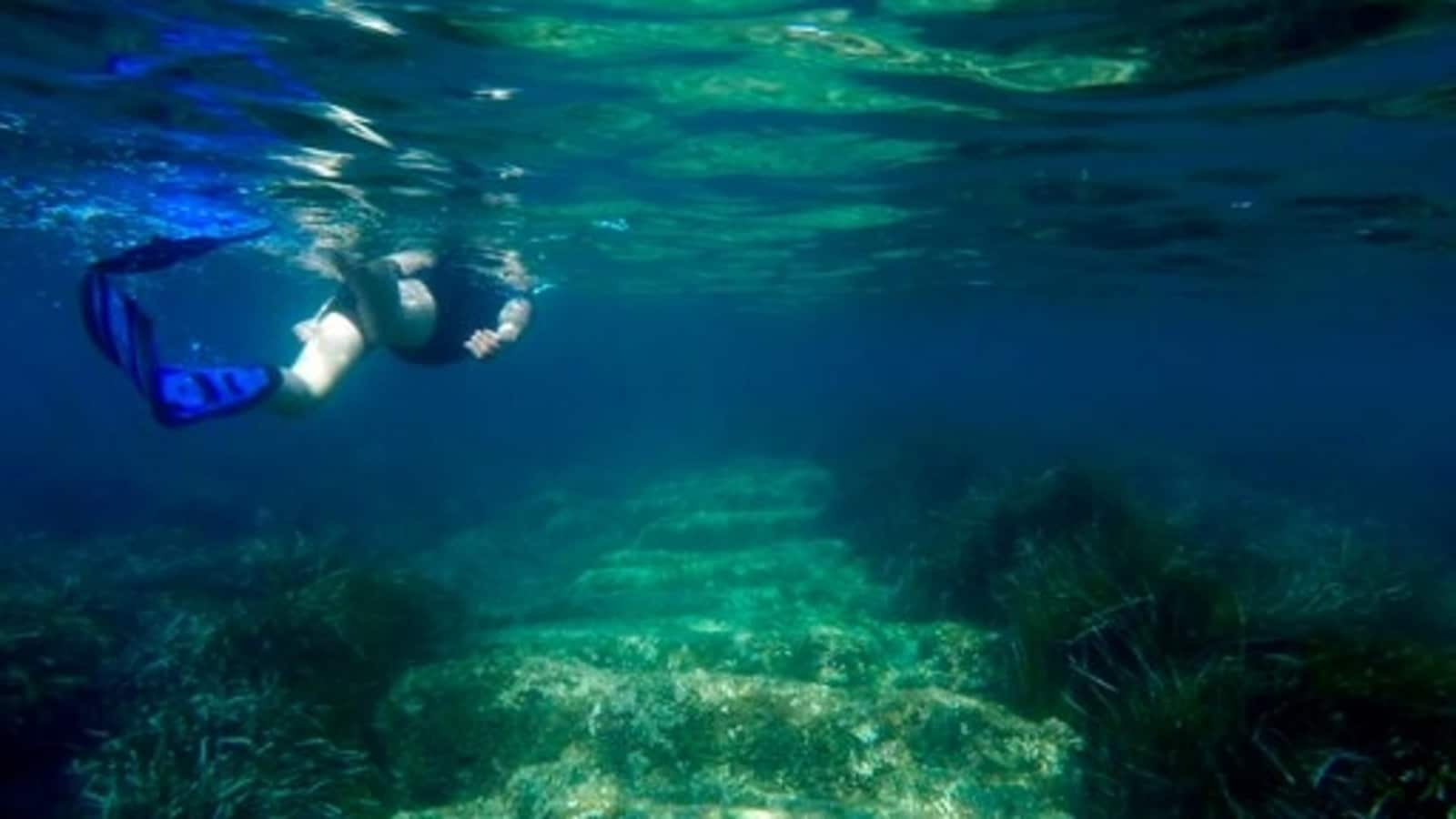Dives around the Zenobia Island
The Zenobia is a wreck located off the coast of Cape Horn, Africa. It is part of the’GREAT MESSERS RIFT’an historic group of submerged wrecks that stretch from the Indian Ocean to the Gulf of Thailand. On many occasions it is very easy to spot her from the shoreline. When you begin your descent into the waters below you will likely be absolutely awestruck by the sheer size of this particular wreck.
In June of 1980 the ship Zenobia sunk in the Gulf of Thailand. The sinking took place at about the same time as the sinking of the Elmer Fudd, another Zenobia. Both ships had been carrying supplies for a phosphate mining operation when the Zenobia was approached by a cargo vessel that tried to steal the supplies. The crew of the Zenobia refused to allow the man robbery attempt and the cargo vessel departed. The Elmer Fudd also encountered similar problems and sunk just before the minesweeper.
Scuba divers searching the Mediterranean Sea for ship wrecks occasionally come across the Zenobia. Since the sinking of the Elmer Fudd and other Zenobia’s, there are no other ship wrecks of note in the area. However, there are still other ship wrecks from the Mediterranean Sea and off the African Coast that are regularly visited by wreck divers. Among these wrecks, the Zenobia stands out as one of the most interesting and well-documented cases of shipwreck diving. Here are some interesting facts about the Zenobia:
– The Zenobia is the third wreck of note in the area. It is the largest of the Mediterranean Sea ship wrecks with a total length of around 401 feet and a depth of around 9 feet. The exact cause of the sinking remains unknown but is believed to be due to a collision with a merchant ship. There were no heavy anchor or engine malfunctions or fire on board, which would have helped to sink the Zenobia.
– The wreck lies at a depth of around 13 meters and was made of oak timber and fabric. It had two cabins and was powered by a diesel engine. Its equipment was not extensive and consisted mainly of a boiler, an emergency lighting system and a diesel engine. Although this appears to be a simple sailing ship, divers believe that the Zenobia was a shipment of cocaine and other drugs.
– The Zenobia was a supply vessel that left Tofana, Turkey for Rhodes in modern day Italy. On its way to Rhodes, the ship stopped at Kiribati, Vanuatu and Solitaire. It was stopped at Larnaca on its way back to Rhodes. On its way back to Rhodes from Larnaca, the Zenobia was stopped by a storm and sunk with the cargo of thirty-three wooden crates of coffee, milk and cocoa. The Zenobia was eventually discovered and salvaged by a local scuba diving group who used advanced technology to recover the precious cargo.
The wreck dive is not complete without the recovery of the legendary ‘floating hotel’. This is actually a live tropical fish that roams the floor of the wreck and can be seen easily through binoculars during a scuba diving expedition. The fish can grow to about five feet long and can be found in all different colors of the rainbow.
Divers are not allowed to touch or handle the fish since it was damaged by high pressure that resulted from the sinking of the ship. Special scuba diving equipment is used to explore the wreck and recover artefacts including the famous floating hotel. The accommodation block is just one part of the extensive wreck. The wreck contains an extensive cargo of metal parts including gun magazines, pipes, nuts, bolts and many more. A lot of valuable artefacts such as coins, paintings, gold nuggets, silverware and even weapons can be found on board the Zenobia.
